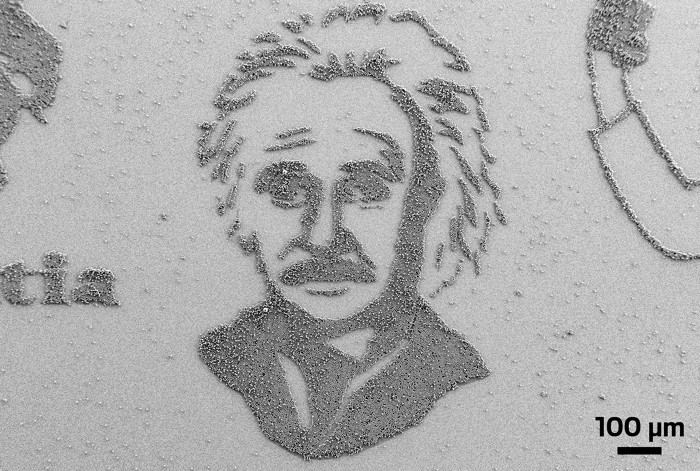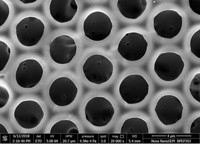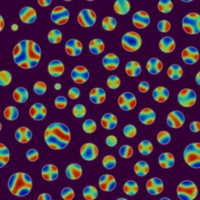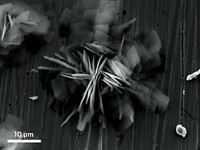Advertisement
Grab your lab coat. Let's get started
Welcome!
Welcome!
Create an account below to get 6 C&EN articles per month, receive newsletters and more - all free.
It seems this is your first time logging in online. Please enter the following information to continue.
As an ACS member you automatically get access to this site. All we need is few more details to create your reading experience.
Not you? Sign in with a different account.
Not you? Sign in with a different account.
ERROR 1
ERROR 1
ERROR 2
ERROR 2
ERROR 2
ERROR 2
ERROR 2
Password and Confirm password must match.
If you have an ACS member number, please enter it here so we can link this account to your membership. (optional)
ERROR 2
ACS values your privacy. By submitting your information, you are gaining access to C&EN and subscribing to our weekly newsletter. We use the information you provide to make your reading experience better, and we will never sell your data to third party members.
Microscopy
Chemistry In Pictures
Chemistry in Pictures: Patterning that rubs the right way
Fluoropolymers power precise particle placement
by Craig Bettenhausen
April 9, 2024

Researchers developing new microscale patterning methods have a lot of fun showing off what their techniques can do. Though the eventual applications are often in pragmatic things like photonic or electronic devices, at the academic stage, we get to see tiny pictures of Albert Einstein and horses. In this case, the images consist of poly(methyl methacrylate) beads adhered to an SiO2 surface. Ignaas S. M. Jimidar, a chemical engineering postdoc at Vrije University Brussels, first printed the patterns as a fluorocarbon etched into the SiO2. He then manually rubbed on the polymer beads, which formed a crystalline monolayer arranged across the whole surface. A puff of air then blew the beads off everywhere except the fluorinated spots.

Submitted by Ignaas S. M. Jimidar. Read more about the work here: ACS Appl. Mater. Interfaces 2024, DOI: 10.1021/acsami.3c16830
Do science. Take pictures. Win money. Enter our photo contest.





Join the conversation
Contact the reporter
Submit a Letter to the Editor for publication
Engage with us on Twitter